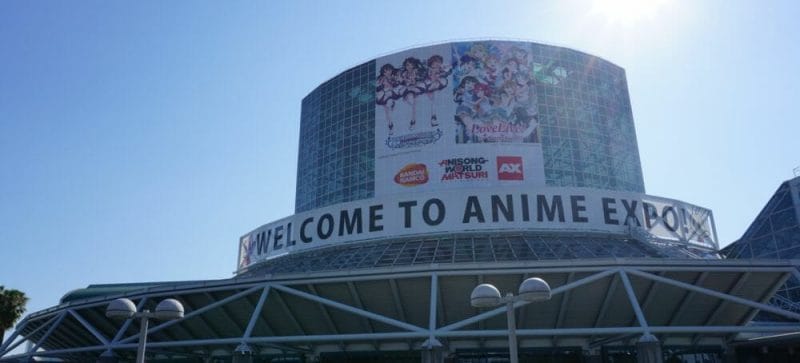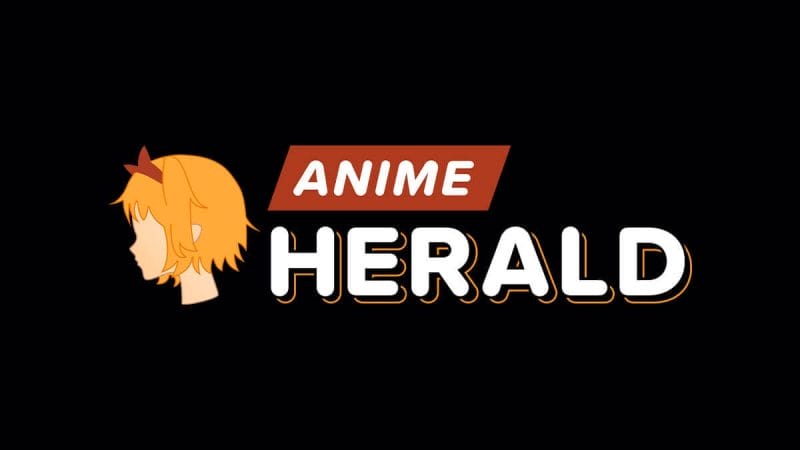As many of you have guessed by now, I’m a person that’s fascinated by how things work. I love digging deep and learning the deepest secrets of things. However, I have to admit that there’s a particular allure in marketing and business. There’s something fascinating about learning how the industries function, and how these markets survive in the world.
In the past, I’ve professed a particular interest in the Blue Ocean Strategy, for a number of reasons… the least of which being that it’s proven to be invaluable in both highly contested and niche markets. In practice, it’s been used in the video games to catapault Nintendo’s Wii and DS to mainstream mania, and Cirque de Soleil to tickle the fancies of adults that wanted the joys of the circus without the gin-soaked buffoonery of clowns and screaming children. It’s led to the creation of markets where there simply was no market before.
In the past few months, I’ve been trying to broaden my horizons a bit, though. I’ve read the words of Seth Godin, Jeff Jarvis, Dave Kerpen, and Kieran Levis to read into different perspectives, and different ideas on how markets should run. These studies haven’t been fruitless. Each author has brought their own insights on advertising, social marketing, and other aspects of industry. However, it’s easy to forget that these people operate firmly in red oceans.
Over the past couple of weeks, I unwittingly found myself looking away from the Blue Ocean. I had begun to overlook the big picture for the absolute minutiae, and even began cheering dead-on Red Ocean strategies.
I received a, well, not quite rude, but helpful awakening today when I arrived home from the office. Disqus’ notification system dropped a message in my inbox, indicating a new comment. An anonymous reader had posted the following to my “Building a Remarkable Product” article:
All these products, while indeed good, are variants of the same old strategy that’s keeping the anime market stagnate. why’s that? easy – remember the blue ocean post series? sure you do. these products are strictly, deeply in the red ocean.
Seeing something like this really does make one sit back and think about what he’s been writing. And, yes, this person is right. Going forward, I’ll begin knuckling down, re-reading my copy of Blue Ocean Strategy, and returning the narrative to this context. Godin, Kerpen, and the like won’t go away completely – these authors do have some interesting lessons, though I’ll be relegating their words strictly to marketing segments. Business will remain firmly in the Blue Ocean.
Anyway, Thank you, anonymous reader. You’ve given me the reality check I needed.












